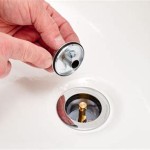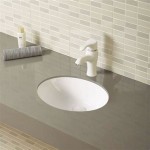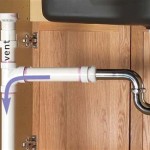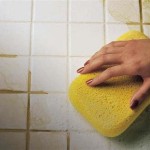How To Treat Bathroom Ceiling Mold
Understanding the essential aspects of how to treat bathroom ceiling mold is crucial for maintaining a healthy and clean bathroom environment. Mold growth in bathrooms is common due to the high humidity and warm temperatures that provide an ideal breeding ground for mold spores. Addressing mold issues promptly is important to prevent health risks and structural damage. This article will explore the key aspects of treating bathroom ceiling mold, providing a comprehensive guide to ensure effective mold removal and prevention.
What is bathroom ceiling mold?
Bathroom ceiling mold is a type of fungus that grows in moist, humid environments. It typically appears as black, green, or brown spots on the ceiling and can spread quickly if left untreated. Mold growth can cause various health problems, including respiratory issues, allergic reactions, and skin irritation. Additionally, mold can damage the ceiling material and lead to structural problems if not addressed promptly.
Causes of bathroom ceiling mold
The primary cause of bathroom ceiling mold is excessive moisture. This can be due to inadequate ventilation, high humidity levels, or leaks in the bathroom or surrounding areas. Poor ventilation prevents moisture from escaping, creating a favorable environment for mold growth. High humidity levels, often caused by hot showers or baths, also contribute to mold formation. Leaks from pipes, faucets, or the roof can introduce moisture directly to the ceiling, providing a perfect breeding ground for mold spores.
Health effects of bathroom ceiling mold
Exposure to bathroom ceiling mold can have various health effects. Inhaling mold spores can cause respiratory problems such as coughing, wheezing, and difficulty breathing. Mold exposure can also trigger allergic reactions, leading to symptoms like sneezing, runny nose, and itchy eyes. Prolonged exposure to mold can even cause more severe health issues, including lung infections and asthma.
How to treat bathroom ceiling mold
Treating bathroom ceiling mold involves several essential steps. Firstly, it is crucial to identify and address the source of moisture to prevent further mold growth. This may involve repairing leaks, improving ventilation, or reducing humidity levels. Cleaning the mold-affected area is the next step, using a mold-killing solution. Commercial cleaners containing bleach or vinegar can effectively kill mold spores. However, it is important to follow the instructions carefully and wear protective gear during cleaning.
Preventing bathroom ceiling mold
Preventing bathroom ceiling mold requires controlling moisture levels and promoting proper ventilation. Regular cleaning and maintenance are essential, including cleaning mold-prone areas like the shower, sink, and toilet regularly. Ensuring adequate ventilation by using exhaust fans during showers or baths and opening windows when possible can help reduce moisture buildup. Additionally, using mold-resistant paints and sealants can further prevent mold growth on the ceiling.
By understanding these essential aspects of how to treat bathroom ceiling mold, you can effectively remove existing mold and prevent future growth. Addressing mold issues promptly is crucial for maintaining a healthy and clean bathroom environment. Remember to prioritize safety by wearing protective gear during cleaning and addressing any underlying moisture problems to prevent mold recurrence.

Bathroom Ceiling Mold Removal When To Clean Call Branch Environmental

Cleaning Mold From Bathroom Ceilings Like A Pro Lovetoknow

How To Remove Black Mold From A Bathroom Ceiling

What Is The Best Way To Remove Mold From Bathroom Ceiling

Cleaning Mrs Hinch Fans Share Tips To Remove Ceiling Mould Express Co

Don T Let Mould Take Over How To Remove It From Your Ceiling

How To Get Rid Of Mold On Your Bathroom Ceiling Aqa

How To Remove Mould From Your Bathroom Ceiling Cleanipedia Za

Mold On Bathroom Ceiling Wipe Out With Diy Remedies

Need Advice On How To Stop Mold Spots Bathroom Ceiling Hometalk
Related Posts







